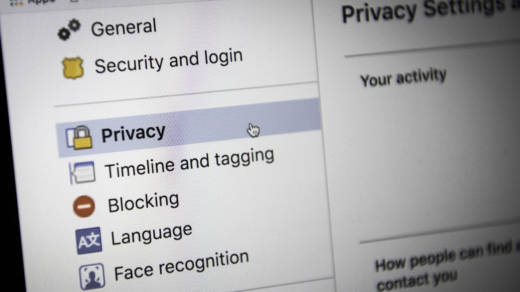Facebook users have begun to see whether they're among the 87 million people whose information may have been compromised for use by a political research firm. For some, the news is good: "It doesn't appear your Facebook information was shared with Cambridge Analytica."
The notifications are appearing on Facebook's page about users' exposed data. The company had also said it would put the information at the top of users' news feed.
Since Facebook began notifying people this week whether they had ever logged in to the "This Is Your Digital Life" app, which has been linked to the exposure of tens of millions of records for political research, people have been sharing the news of whether their data was put at risk.
Facebook is making the information available as its co-founder and CEO, Mark Zuckerberg, testifies before Congress this week about his company's privacy practices — and how the practices may have been used by Cambridge Analytica, a data mining firm that worked for President Trump's campaign.
For some, the news about their Facebook data is complicated. While the worst-case scenario may be the realization that one had logged themselves in — perhaps at the goading of a well-meaning friend or relative — for others, the verdict is less clear.

9(MDAxOTAwOTE4MDEyMTkxMDAzNjczZDljZA004))